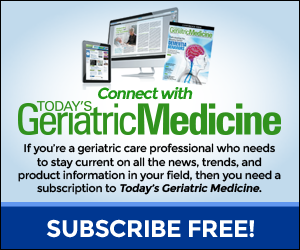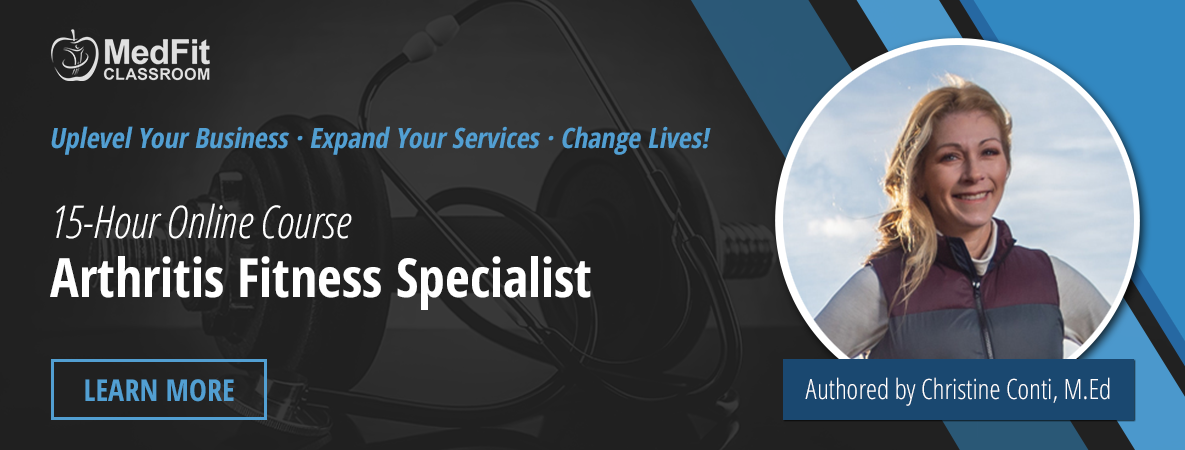Osteoporosis: What Does Buying A Purse Have To Do With It?
We all have a lot to lose if we take a serious fall. Assuming we survive, the effects can be life-altering. And if you have osteoporosis, what would have been a minor slip and fall for others, could have devastating consequences for you.
There’s a story that prompted me to write this article. Here it is.
 I have a friend who had been eyeballing this cute little red purse for a couple of months. She didn’t need it but she wanted it and sort of became obsessed with it.
I have a friend who had been eyeballing this cute little red purse for a couple of months. She didn’t need it but she wanted it and sort of became obsessed with it.
She’d visit it online and wave to it in the store. But, there’s no way she was going to buy that purse because wanting it that badly made her feel a little stupid.
Well, the darn thing went on sale the other day at 40-percent off and another 10-percent off with her store card. Now, of course, she had to have that red bag.
Apparently, so did every other woman in the United States. Because, she had it in her online shopping cart and by the time she got her credit card out, it was no longer available. It had been snatched right out of her cart.
She was furious. She felt violated. “How dare they sell MY red purse?”
She called the company. They apologized and looked for one in their inventory anywhere. They gave her stores and a warehouse to call and reserve it before the last one could be sold. She called around for over an hour and finally got to someone who found one in California and ordered it for her.
As she was patting herself on the back for her investigative skills and persistence my friend had an aha! moment. She had recently been diagnosed with osteoporosis. Her doctor had given her a list of endocrinologists he’d be comfortable recommending but she hadn’t even looked at it, let alone researched it.
“I had been meaning to but I had been putting it off for no good reason. I thought why on earth don’t I apply that same purse passion to taking charge of my own health care?”
She thought about it for a minute and the answer she came up with unnerved her a little. “Health care is not sexy,” Purses are sexy! Purses are sexier than being healthier and maybe living longer? Eek!
But health is sexy! Quality of life is sexy!
As she started to Google the doctors on the list, she began to sing a parody to that old rock song:
“I’m too sexy for my purse, too sexy for my mouse pad, but not too sexy for my doctor’s office. Maybe a little bit too sexy, but I’m goin’ anyway.”
I think perhaps my friend has touched a nerve in many of us. Would we really rather look good than feel good?
Sure seems like it. I think it’s that very premise that prompted an ad agency to come up with a TV commercial for a dietary supplement featuring a sexy dancing X-ray skeleton of a baby boomer model that’s protecting her looks by protecting her bones.
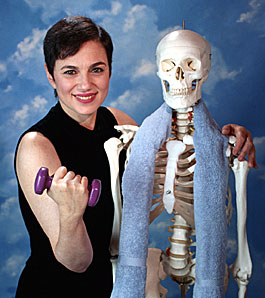
It got my attention. If you can’t get them to do it for health, get them to do it for beauty. Twistedly brilliant!
So I guess, if beauty is your motivation, go for it; especially when the health comes with it.
But what do you do if you already have osteoporosis like my friend, or have low bone mass, or you just have the good sense to want to take of your bones?
Osteoporosis And Calcium
“Getting enough calcium in our diet is really important. The NOF recommends an intake of 1,000 milligrams for adult women from age 50 or younger, and age 51 and older — 1,200 milligrams a day for adult women. If a woman isn’t paying enough attention to calcium in her diet she puts herself at risk. But more is not necessarily better when it comes to calcium. Neither women nor men should get more than about 2,000 milligrams a day.”
Weight Bearing Exercise
Weight bearing exercise actually builds bone in youth and will help maintain bone. As we get older the type of exercise changes a little bit. We still have to do some impact work but it has to be safe to avoid injury and falls so you want to add balance training, flexibility training, and safe movement to make sure the individual is able to stay active and healthy.”
So what’s the takeaway here? My takeaway is if you like standing on your own two feet, taking care of your bones is about as sexy as it gets!
Originally printed on Moving Free with Mirabai. Reprinted with permission.
Mirabai Holland MFA, EP-C, CHC is one of the foremost authorities in the health and fitness industry. Her customer top rated exercise videos for Health issues like Osteoporosis, Arthritis, Heart Disease, Diabetes & more are available on her website, mirabaiholland.com. Join her NEW Online Workout Club. Mirabai offers one-on-on Health Coaching on Skype or Phone. Contact her at askmirabai@movingfree.com
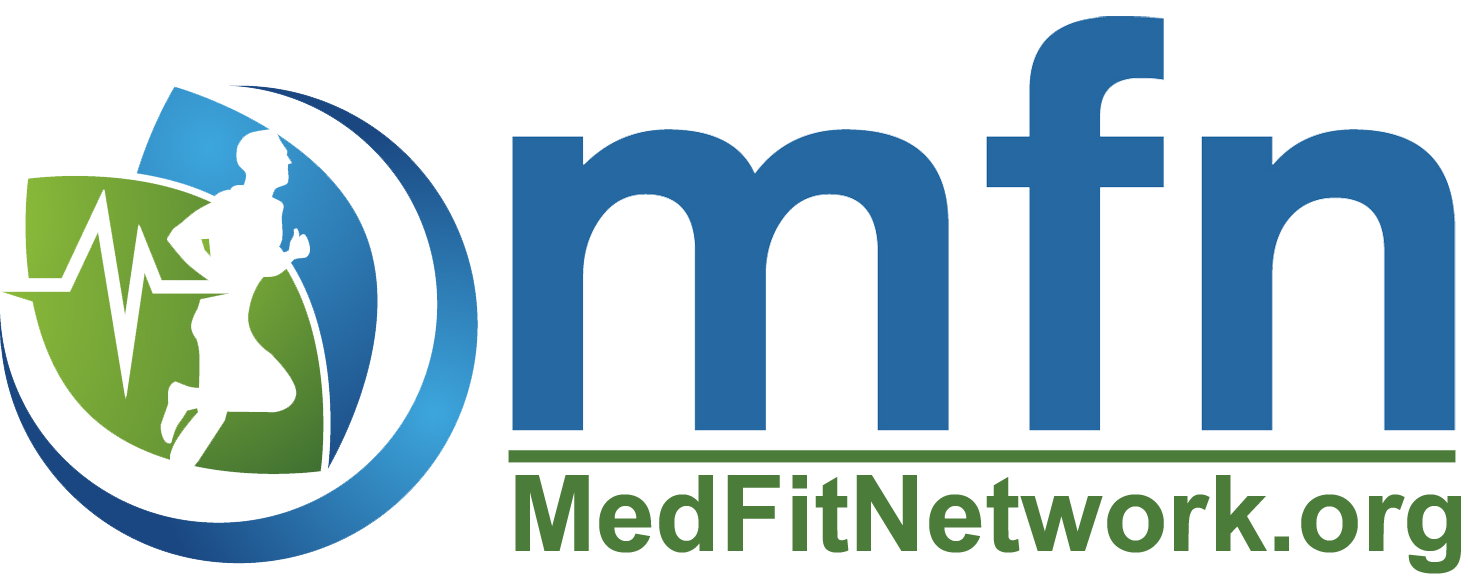

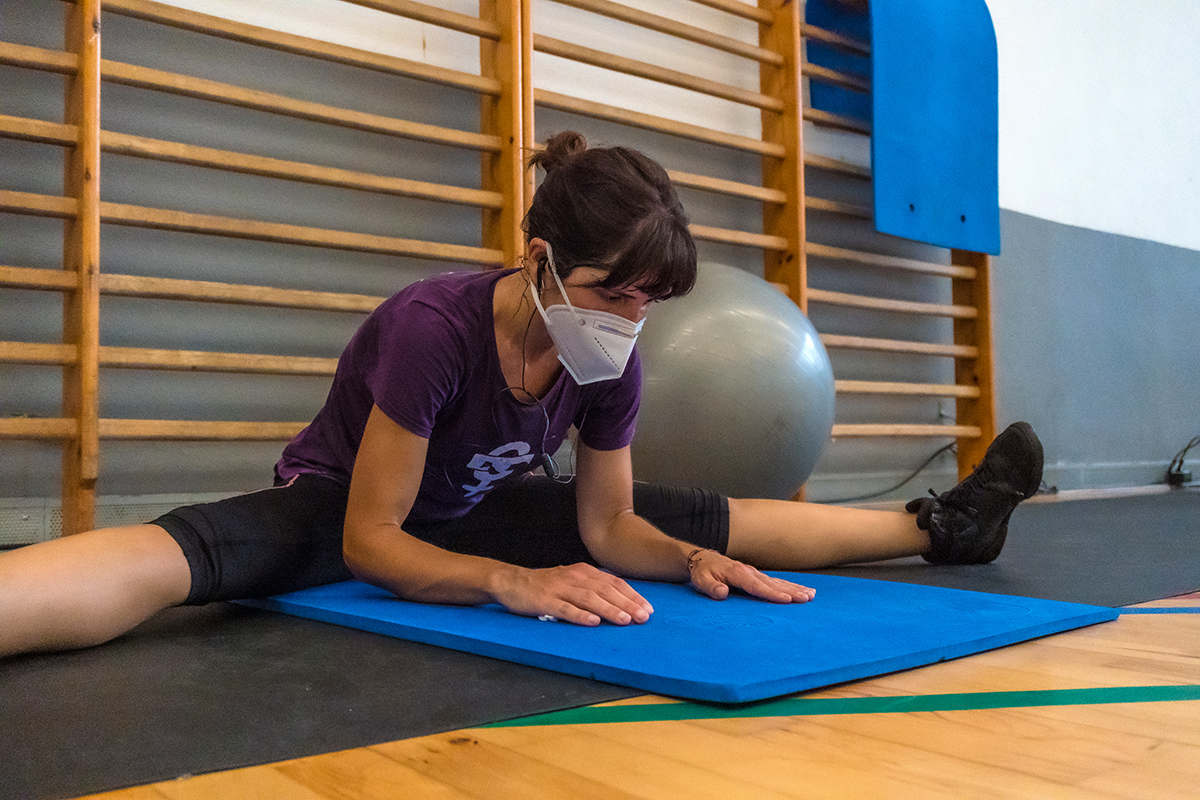
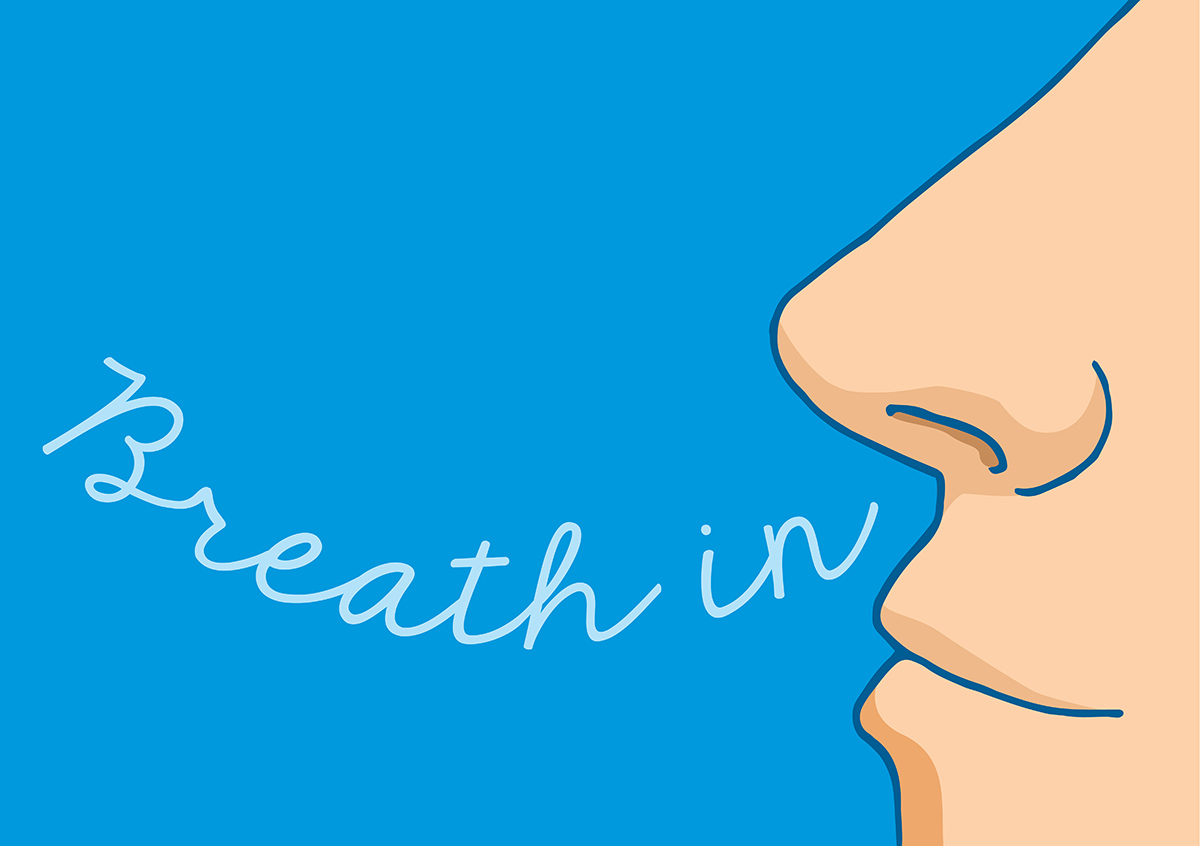


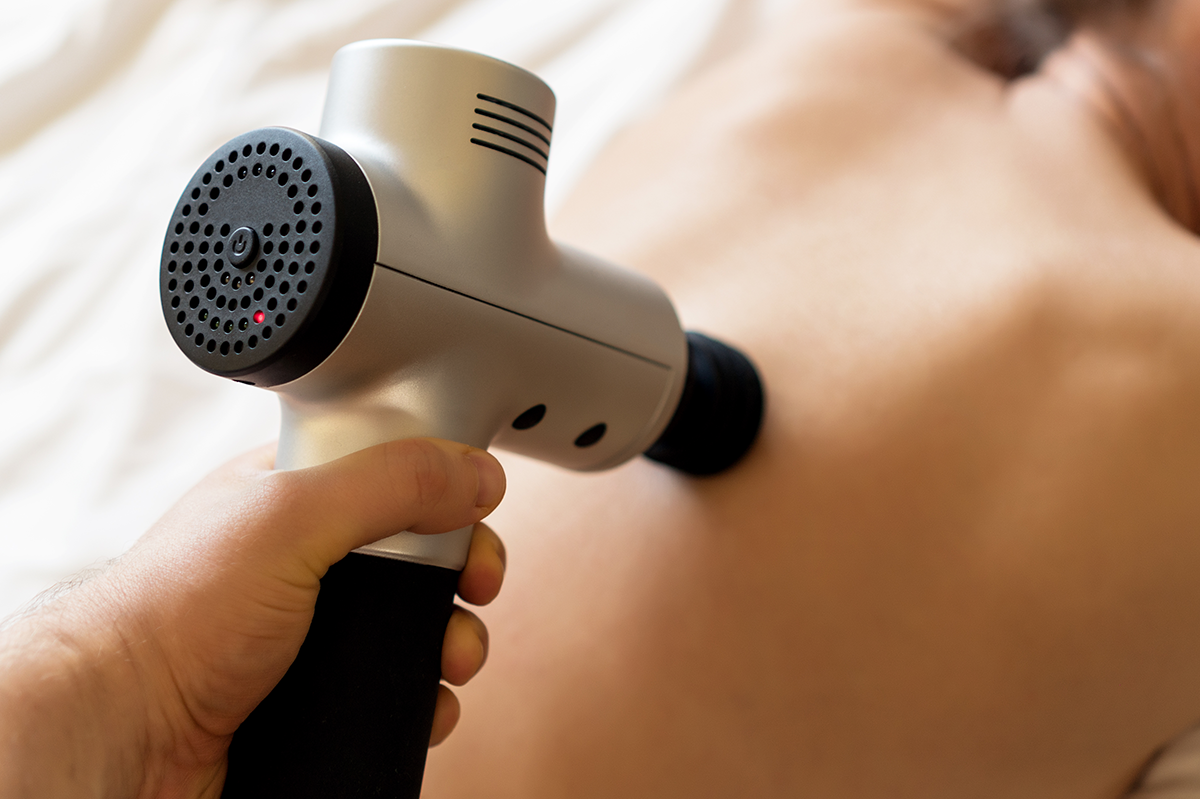
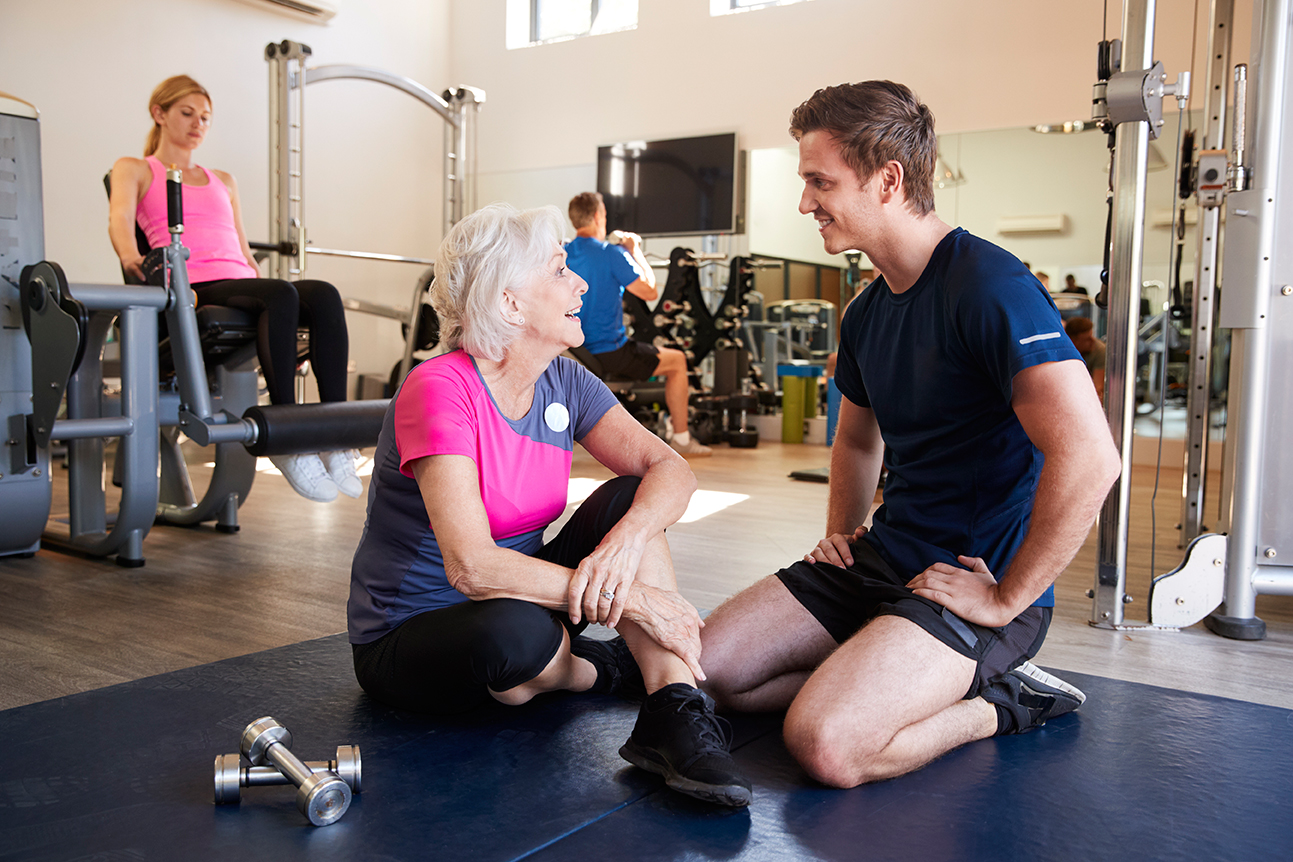
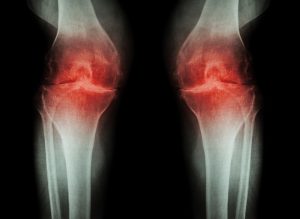 The rapid and dramatic increase in individuals living with osteoarthritis and/or joint replacements has created a massive void between the number of people living with these issues and the number of qualified individuals to help them safely and effectively accomplish their functional goals. This void, however, has created an incredible opportunity for fitness professionals to align themselves with allied health professionals to become part of the solution. This article will discuss some recent changes in the thought process about how osteoarthritis develops, how fitness professionals are an important part of the solution, and why this is the most opportune time for fitness professionals to specialize and align themselves with health professionals.
The rapid and dramatic increase in individuals living with osteoarthritis and/or joint replacements has created a massive void between the number of people living with these issues and the number of qualified individuals to help them safely and effectively accomplish their functional goals. This void, however, has created an incredible opportunity for fitness professionals to align themselves with allied health professionals to become part of the solution. This article will discuss some recent changes in the thought process about how osteoarthritis develops, how fitness professionals are an important part of the solution, and why this is the most opportune time for fitness professionals to specialize and align themselves with health professionals.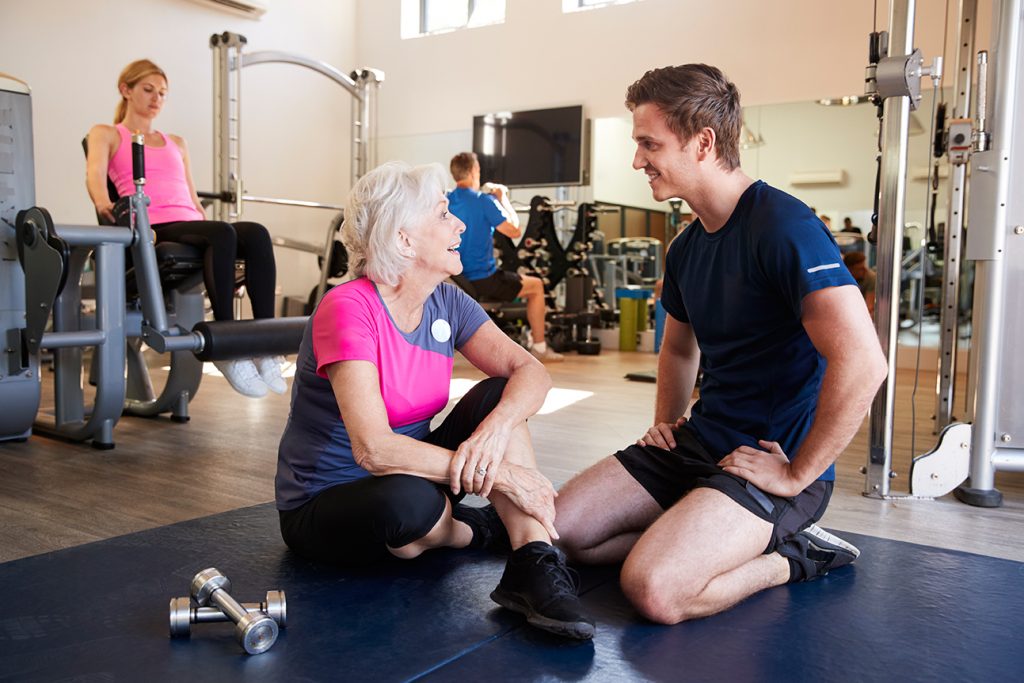
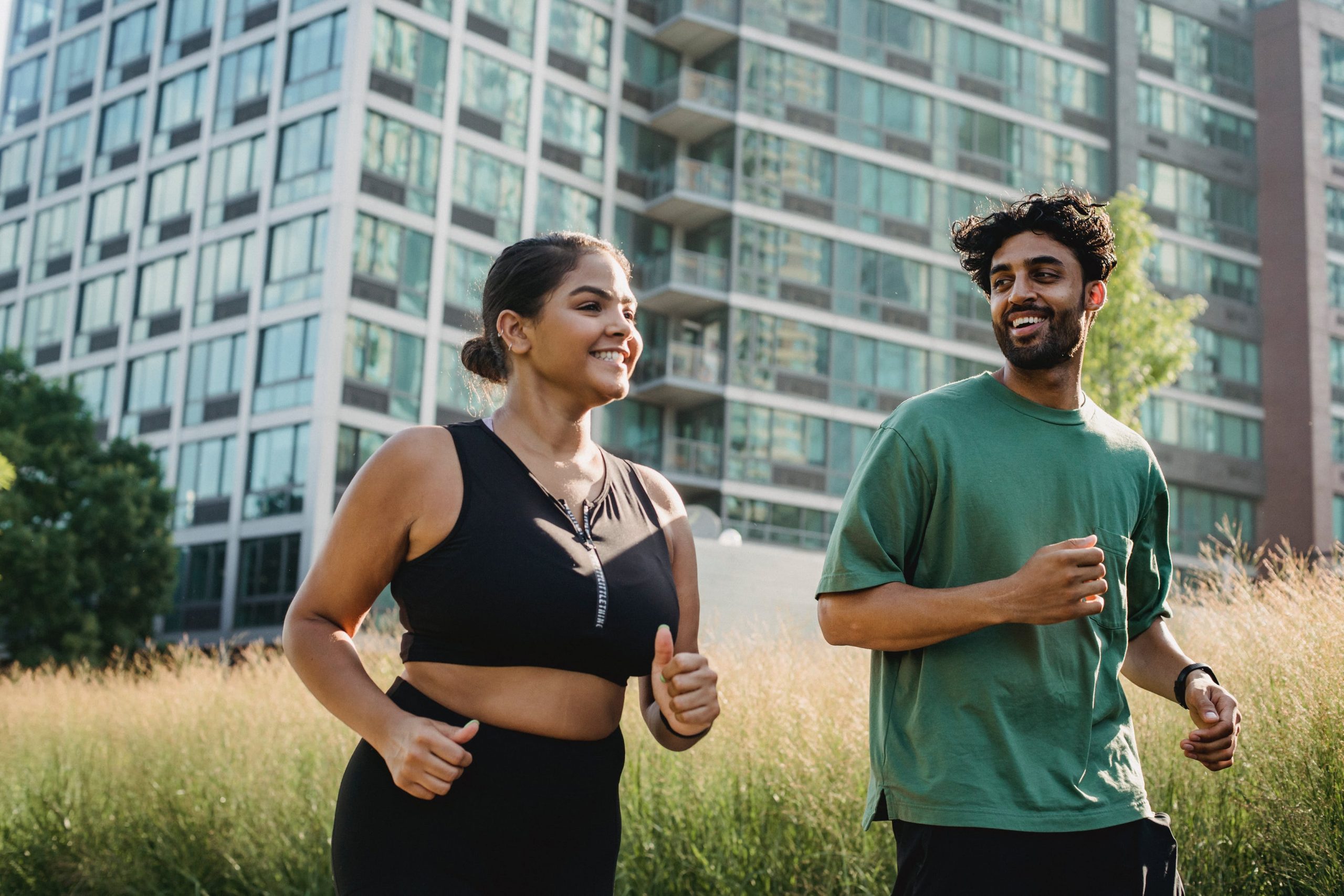
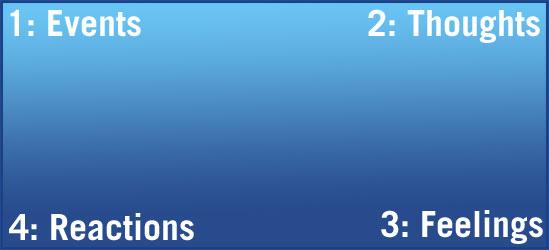
 SIDEBAR: Accurate positive self-talk
SIDEBAR: Accurate positive self-talk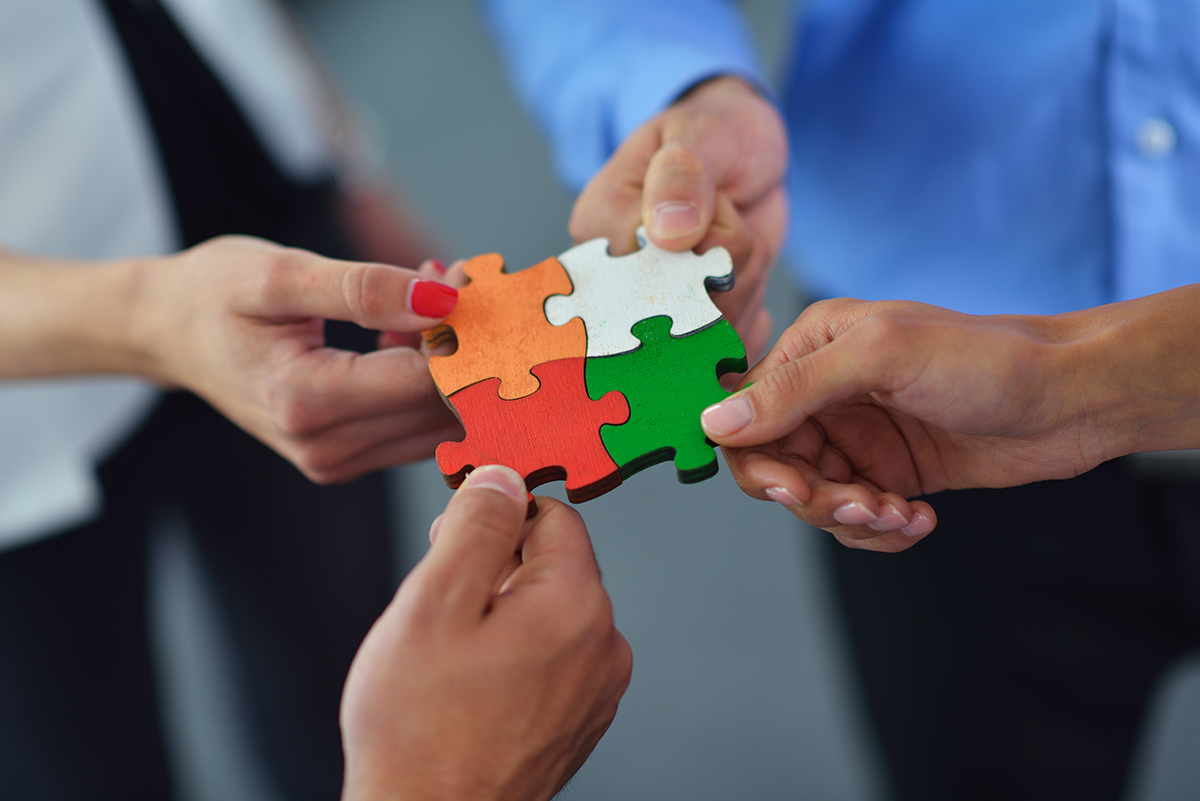
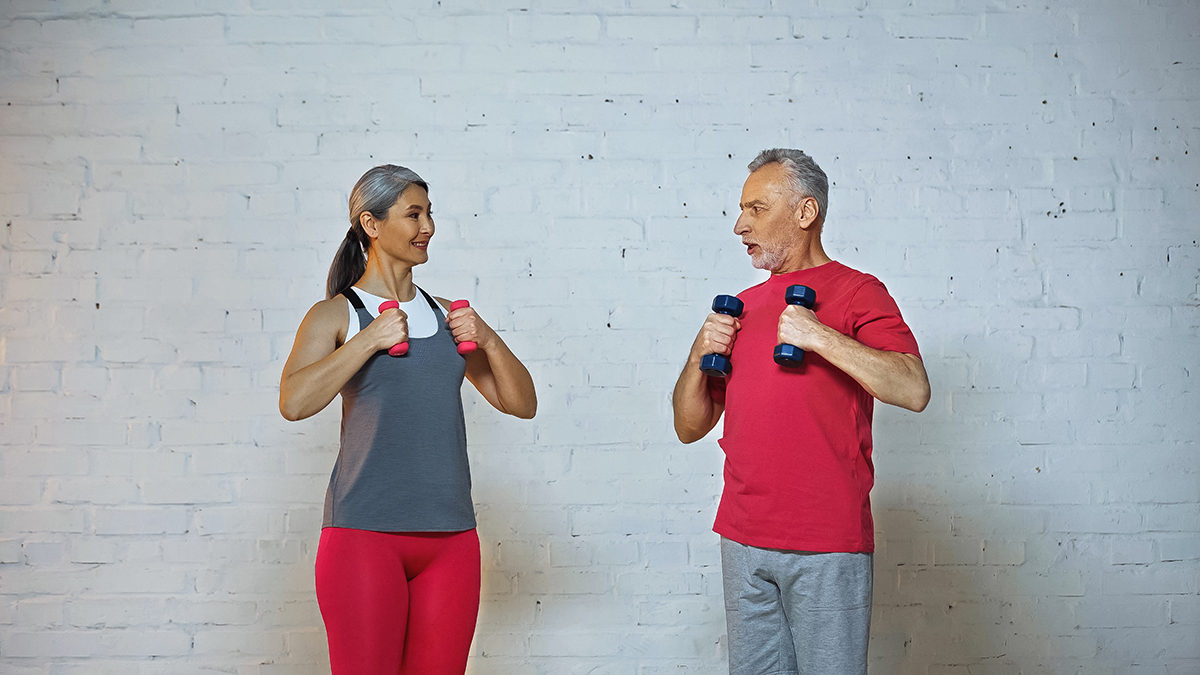
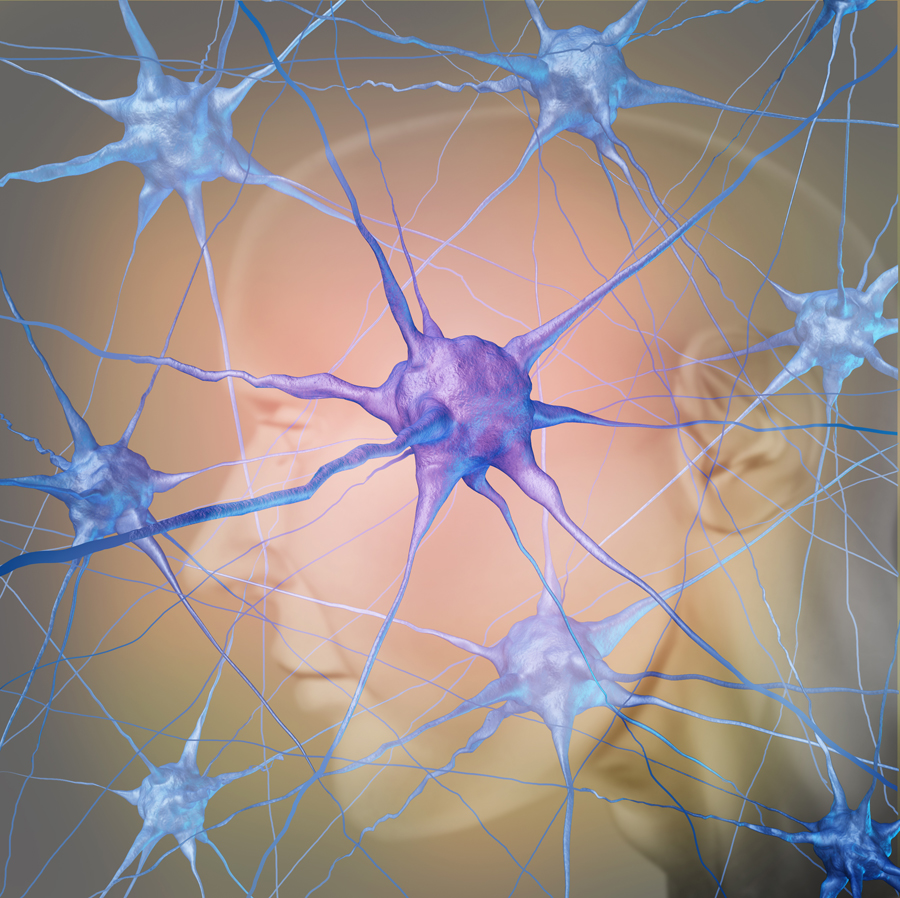 Evidence in Favor: Cognitive Benefits in Dementia
Evidence in Favor: Cognitive Benefits in Dementia